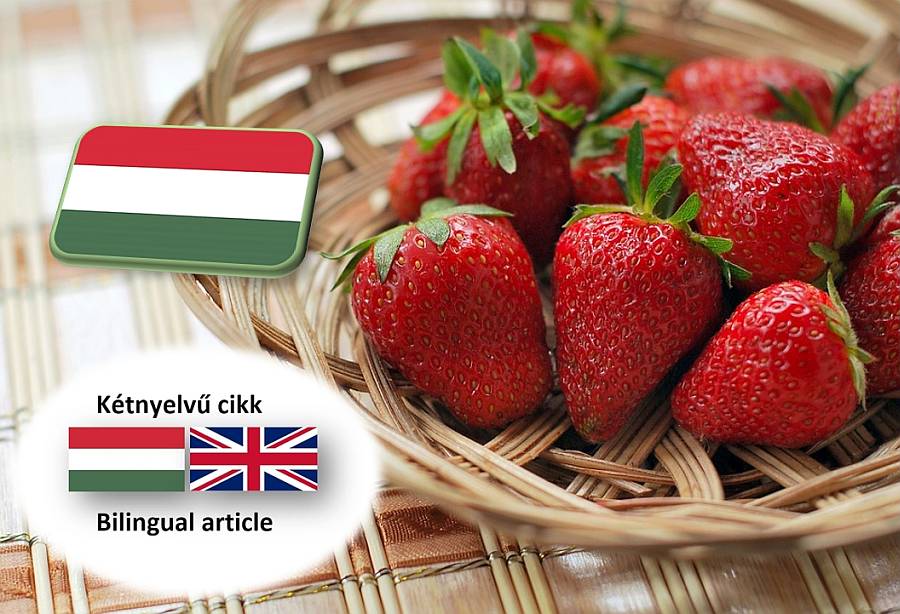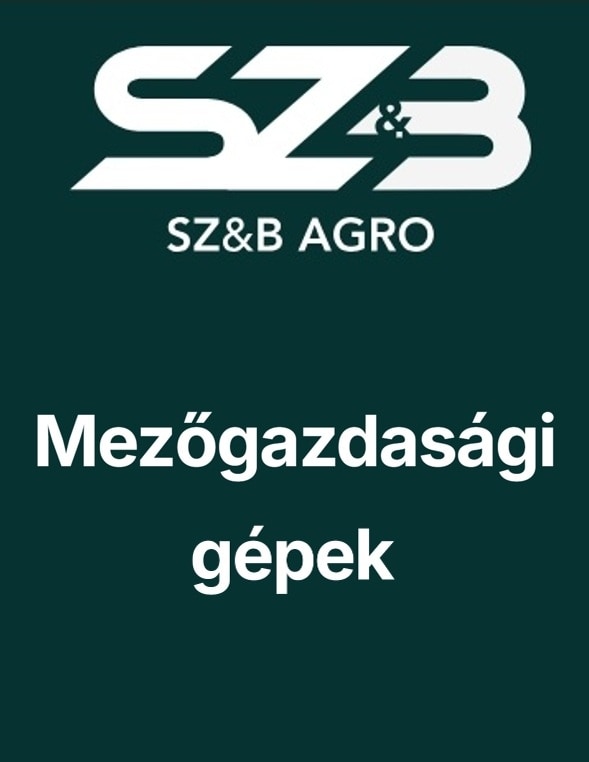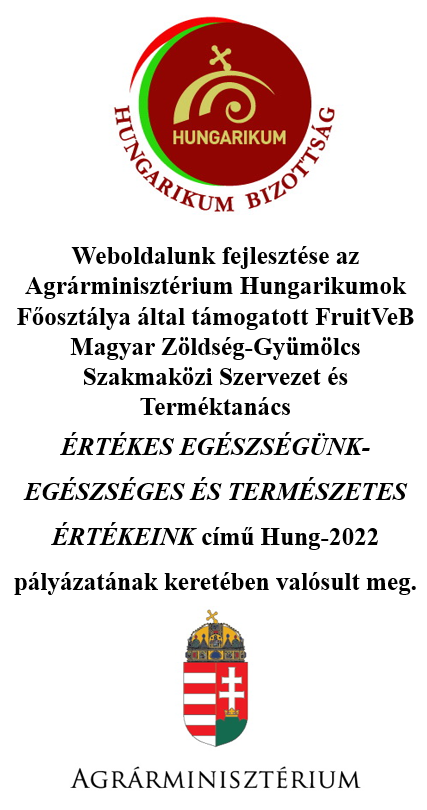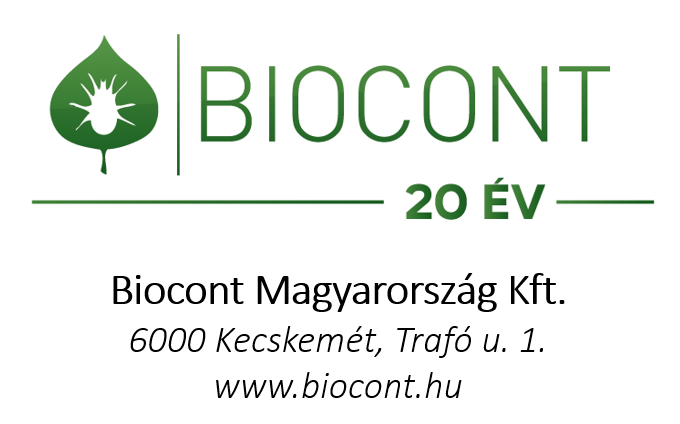Abundant flowering and good early prospects at the start of the Hungarian strawberry season

A kicsit hűvösebb tavasz miatt a szokásosnál néhány nappal később, de jó virágzással és terméskilátásokkal kezdődik a hazai szamócaszezon.
A hazai szamócaállományok fenológiai állapota pár napos késésben van a szokásosnál hűvösebb, de nem kifejezetten hideg tavaszi időjárás miatt. A nagybani piacon már számos termelő árulja portékáját, de összességében még lényegesen kevesebb áru van a piacon a megszokottnál. Az állományok állapota kifejezetten jó, fagykárok csak elvétve, lokálisan jelentkeztek az idén. A fűtött termesztés a vége felé közeledik, de Magyarországon az üvegházi és a fűtött termesztés mindössze pár tíz hektárt jelent, ami a bőven 800 hektár feletti teljes területet tekintve nem meghatározó (ráadásul a gázfűtéses létesítmények jó részében idén nem is kezdték meg a termesztést a szokott időben, inkább hideghajtatásra álltak át). Bár a spanyol és görög tételek miatt jelentkezett némi importnyomás, összességében jó áron, nagy kereslet mellett értékesítették a fűtött termelésből származó szamócát a hazai termesztők.
A hidegfóliás állományokat most kezdik szedni, ami azt jelenti, hogy nagy árutömeg még nincs a piacon, de már van a boltokban magyar szamóca. Ennek ára a nagybani piacon jellemzően 3000 Ft/kg körül alakul, és érdekesség, hogy mivel idén a mediterrán térség “megfázott”, alig van importnyomás – átmenetileg a spanyol és görög áru is 1900-2200 Ft/kg környékére drágult vissza a héten a korábbi 1200 Ft/kg környéki szintről. A magyar szamóca minősége az idén kifejezetten jó, még az import mellett is nagy a kereslet, olyannyira, hogy egyértelműen keresleti piac alakult ki. A termelési költségek emelkedése ellenére a hazai termelők tartják a minőséget, és erre a jó kondícióban lévő állományok miatt az idén vélhetően a továbbiakban sem lehet majd panasz.
A sikeres telepítési pályázatok miatt több új szamócaültetvény létesült, viszont ezek elsősorban ipari feldolgozásra termelnek majd, ami azt jelenti, hogy az innen származó termés nem fogja agyonnyomni a frisspiacot. A hazai termesztésben továbbra is a kifejezetten jó ízű Clery, Joly és Asia fajták dominálnak, mivel a magyar szamócaexport volumene marginális (mindössze évi 50-80 tonna), ezért a fajtaválasztásnál nem a minél hosszabb hosszú pulton tarthatóság, hanem a zamat a fő szempont. A tavalyi szezon az átlagosnál valamivel kisebb, nagyságrendileg 5000 tonna körüli termést hozott kifejezetten alacsony értékesítési árak mellett. A nemzetközi piaci helyzet alakulása miatt remélhetőleg az évi 3500 tonna körüli import kevésbé lesz meghatározó, és ha az időjárás csak lassan melegszik fel, vagyis nem csúszik össze a hidegfóliás és a szabadföldi állományok szedése, a hazai termesztők jó idényt zárhatnak a jelenlegi, nagyon korai kilátások alapján.
Köszönet Tóth-Babits Dorinának a cikk megírásában nyújtott segítségéért

A slightly cooler spring delays the start of the Hungarian strawberry season a few days, but with good flowering and good prospects for fruit.
The phenological condition of the domestic strawberry crops is delayed by a few days due to the cooler than usual, but not particularly cold, spring weather. Many growers are already selling their produce at the wholesale market, but all in all there is still considerably less than usual fruit on the market. The condition of the plants is very good, with only isolated localised frost damage this year. Heated cultivation is coming to an end, but in Hungary greenhouse and heated cultivation only account for a few tens of hectares, which is not significant compared to a total area of well over 800 hectares (it is also reported that, in many of the gas-heated facilities, cultivation has not even started at the usual time this year). Although there was some pressure from imports mainly of Spanish and Greek origin, overall, strawberries from heated production were sold at good prices and in high demand by domestic growers.
Harvest has started only in a few days in plantations under plastic, which means that there are not yet large volumes of Hungarian strawberries on the market, but they are already available in the shops. Prices are typically around 3000 Ft/kg on the wholesale market, and interestingly, as the Mediterranean region had to endure a cold spell this year, there is little pressure from imports – temporarily Spanish and Greek goods have also fallen back to around 1900-2200 Ft/kg this week from around 1200 Ft/kg previously. The quality of Hungarian strawberries has been particularly good this year, and even with imports, demand is high: to the extent that a clear demand market has developed. Despite rising production costs, domestic producers are maintaining quality, and this is unlikely to change this year due to the good condition of the plants.
Successful planting tenders, state supports have led to the establishment of several new strawberry plantations, but these will be mainly for industrial processing, which means that the fresh market will not be overwhelmed by this crop. Domestic cultivation is still dominated by the very tasty Clery, Joly and Asia varieties, but as Hungarian strawberry exports are marginal (only 50-80 tonnes per year), the main criterion for the choice of varieties is not their long shelf life but their flavour. Last season ended with a slightly smaller than average crop of around 5,000 tonnes at very low selling prices. Given the international market situation, it is hoped that imports of around 3,500 tonnes per year will be less dominant and, if the weather is slow to warm up, i.e., there is no overlap between the harvest of plastic and open-field plantations, domestic growers should have a good season based on the factors that can be seen at the time of this very early market outlook
Many thanks to Dorina Tóth-Babits for her contribution to this article










